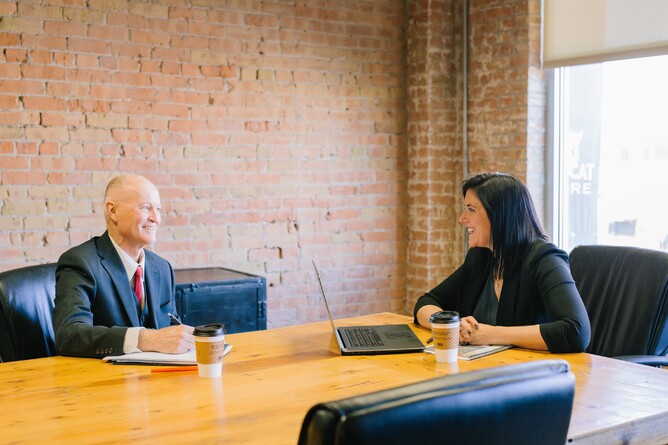Do you recognise this board? Directors arrive shortly before the scheduled start; you take your places, open your board packs and work your way through the agenda, item by item; as the chair closes the meeting, you shut your pack, gather your iPad and phone, and head to the taxi. Other than exchanging a few pleasantries when you take a break for coffee, you barely make eye contact with the other directors, let alone speak to them individually.
Perhaps you’ve had some good discussion and made some good decisions.
Consider, though,
Have you reached a real consensus on the most difficult items of the day, or did some directors simply give up or feel unable to have their say?
Do you know what your colleague really thinks - especially the one you often don’t agree with?
In fact, how well do you know your fellow board members at all?
Sadly, I’ve had a few experiences like this, where the board came together only for our meetings and the occasional strategy session, but never spent time together getting to know what makes each other tick. It may seem counter-intuitive, but the better you know someone, the more comfortable you can be in having a tough conversation or debate with them, confident that your personal relationship can survive what might be a challenging discussion. If I don’t know someone reasonably well, I’ll be more careful about what I say, in order not to offend.
Over my time on boards, I've become a strong supporter of boards coming together outside their formal sessions, taking some time to know and understand each other. One of the easiest and most effective ways to do this is the board dinner the evening before your meeting.
This isn’t simply a social get-together at an expensive restaurant, on the company's dollar. Over the years, I’ve found it’s of greatest value when we put some structure around it.
First, like board-only time on board day, we don't use this time to make decisions that belong in the board meeting: it’s not a properly convened board meeting, but it does give us the chance to discuss more broadly what we need to address the next day - without the time constraints we often feel in the formal meeting.
I like to start the evening with a chance to catch up and relax with each other, perhaps getting to know a new director or catching up with someone I haven’t spoken to for a while. When we sit down, I remember some advice I received years ago: sit next to the person you get on with the least, or whom you disagree with the most.
Note for my current board colleagues: please don’t take this too literally the next time I’m sitting beside you!
You can also take it too far, of course, like one director who took this advice to heart, went straight to the seat next to me, turned face on and opened, 'So, Richard, why are you always wrong?'
One of the best board dinner formats I’ve experienced was where our board chair would open the dinner with a short welcome, outlining the three or four things that she thought we needed to talk through before tomorrow. In this safe and informal surrounding, we can explore complex matters more widely and debate differing views more patiently than we might if we were heading straight to our decision. This also gives us the chance to sleep on the varying perspectives, often resulting in greater clarity and a better decision at the meeting the following morning.
As for confidentiality or exposing ourselves to accusations of big spending for our own benefit, one board I served on opted for a relatively basic catered meal delivered for us in the company boardroom. This had the dual benefit that we weren’t troubled by confidentiality concerns, and, even with a reasonable bottle of wine, was significantly cheaper than a moderately good restaurant.
Who should be at these dinners? I don’t like hard and fast rules, but I think that a regular cycle has some merit:
One evening, perhaps it’s only the board members - after all they don’t get many chances to meet informally on their own.
Before the following board meeting, you could include the chief executive, who also gets few informal opportunities to meet with his or her collective employer (the board).
And then a dinner where it’s the board, the CEO and the senior leadership team together: this can be an excellent chance for each of us to learn more about one another and to build a sense of shared purpose.
All of these, of course, are simply suggestions. I’ve found they work on different boards and I have no doubt that the extra time and cost invested are repaid many times over in a shared sense of purpose, greater understanding of our more complex issues and, usually, an increased passion for the cause.
However you decide to do it, the main purpose is to understand one another better and ultimately to make higher quality decisions, based on open dialogue in a trusting and constructive board meeting.
You may have a different way of achieving this. Let me know your thoughts.
Follow my blog to see new posts at chairingtheboard.com



